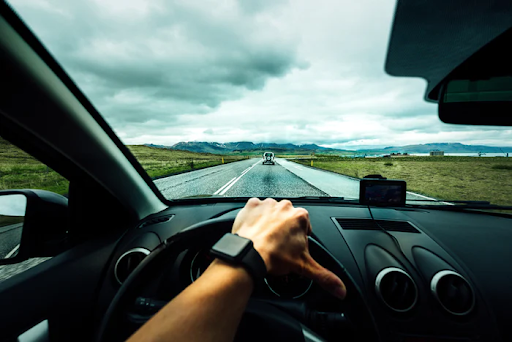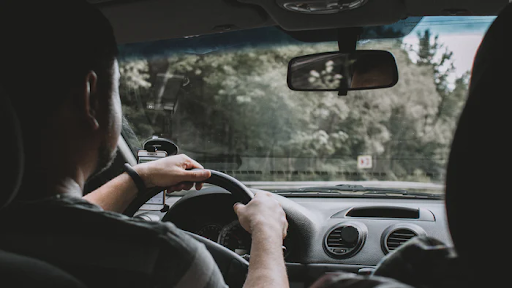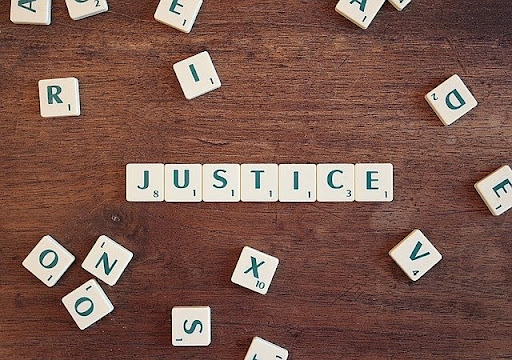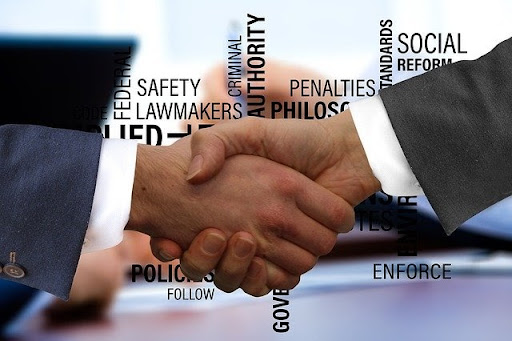3 Tips For Healing And Recovering From A Hip Injury
If you’ve sustained some kind of hip injury, be it from just overuse of your leg or from an injury due to a sport, it’s important that you know how to best take care of yourself so that you can get yourself up and moving again without having to worry about pain. Luckily, there are all kinds of things that you can do to help with minor hip injuries as you’re on the road to recovery..
To help you learn just what can be done, here are three tips for healing and recovering from a hip injury.
Rest And Ice In The Beginning
When you’ve first sustained your injury, some of the best things that you can do is to rest that area around your hip and begin to ice it.
Injuries to your body usually need time to heal and can often do a lot of the recovery on their own if you’re able to leave them alone and just let the healing process take place. But this often means not using that part of your body so that it doesn’t have any added stress on it. And with the application of ice onto your injured hip, you can help to reduce any pain or inflammation that might be taking place in the affected area. Just make sure you only leave the ice on for about 20 minutes at a time.
Warm Up The Muscles Before Using Them
Once you’ve allowed your hip to rest for a bit, you will then want to start stretching out the muscles so that you can begin to use them again. But before you do this, you’ll want to make sure that you properly warm up the muscles to prevent them from pulling or tearing from the lack of use and the injury that’s taken place.
As your body starts to feel physically warm and you feel the muscles in and around your hip begin to loosen up, you can then begin to work on strengthening those muscles to give yourself more mobility again.
Do The Right Exercises To Improve Mobility
If you’ve lost a bit of your mobility from your injury and from your attempts to rest and recover, there are a few great exercises that you should try to help you regain this mobility and get your hips moving again.
To stretch your hips, you can try laying on your back and bringing your knee to your chest. You can also sit on your bottom and put your feet together while your knees fall open. Using leg raises to extend your hips forward and backward can also help you regain strength and mobility.
If you’ve had a hip injury, consider using the tips mentioned above to help you heal and recover until you’re back to normal.




